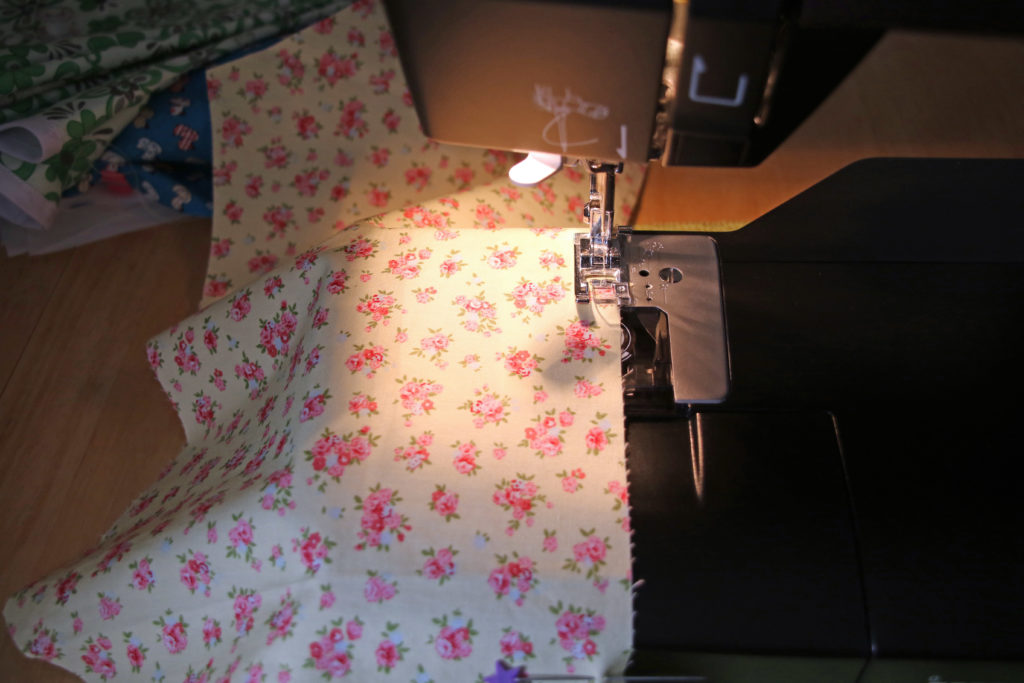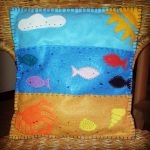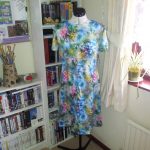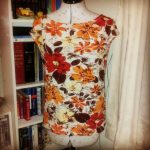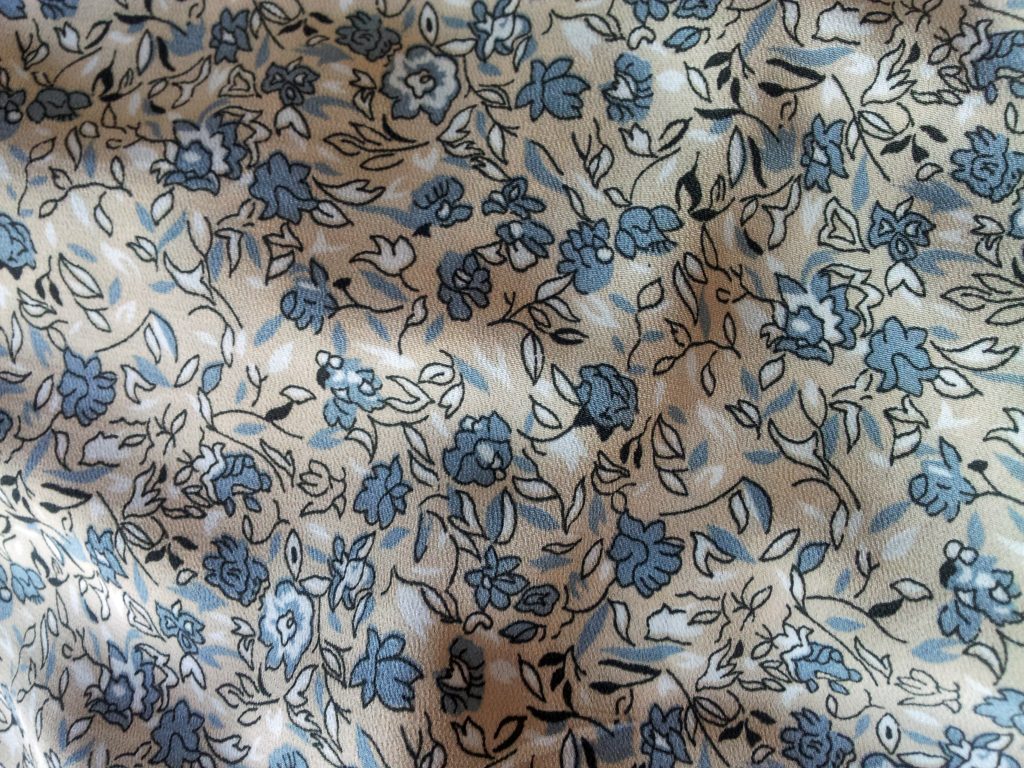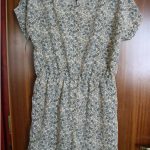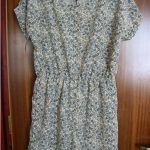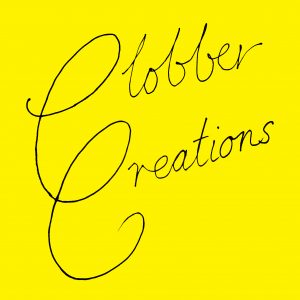Cosy Winter – the Ivy pinafore
I’ve been enjoying a bit of dressmaking this month and am finally cutting into some fabrics I bought in one go for numerous projects. One piece of fabric was some navy polka dot cotton bought especially for the ivy pinafore pattern by Jennifer Lauren.
One worry I had at the very beginning was that I didn’t have enough fabric. The pattern for view 1 advises to purchase 150cm wide fabric, and my own fabric was 115cm after pre-washing. However, my fabric did not have a one way nap or design, so i was able to re-jig the cutting layout plan, which reduced fabric waste as well. I may have enough to make a tote bag too at some point!
I still have my stash of ceramic buttons from taking pottery classes last year, and have only used one so far, so I wanted to use some of these if possible for the fastenings. The pattern suggests larger buttons, and I was worried that they wouldn’t be big enough. However, I left worrying about this until the button hole stage came up, and decided that my own buttons would work well. It’s a real buzz to see my own handmade buttons on a garment!
I selected a traditional lining fabric for the lining, as I wanted this make to work well with tights, leggings or jeggings. It was a little tricky to work with, and I ended up hemming the lining by hand, but I think it means I will get a lot more use out of it!
It’s a real joy to wear this garment. It’s loose fittings with seam pockets, which makes it a great lazy Sunday wear when all I want to do is sit in my rocking chair and knit or crochet with a cup of tea! I can imagine wearing it out on a walk too, when I am on the hunt for discarded rusty items to use when rust dyeing! It’s definitely a make reserved for my days off!
I’ll have to try out the gable top sometime soon as I only have one top that goes nicely with this pinafore! The gable top has a high neckline, which works well with this style of pinafore. Looks like I will be getting the walking foot and ball point needles out very soon!
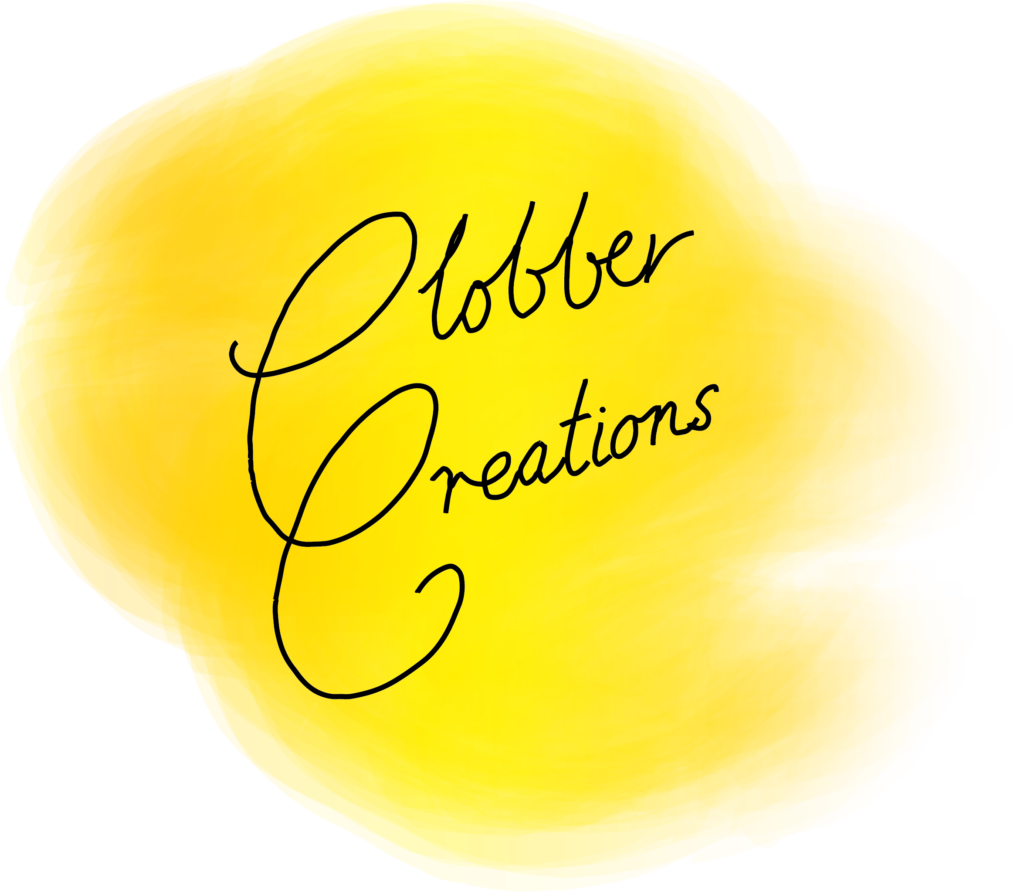
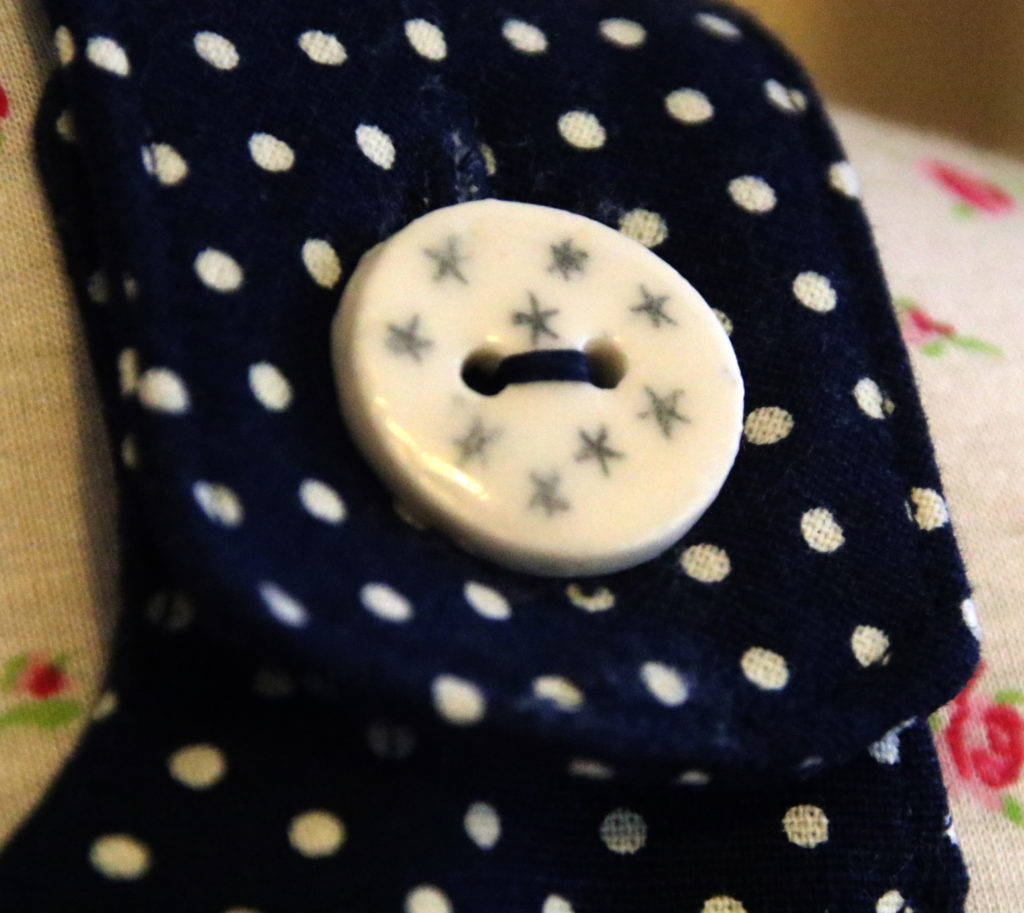
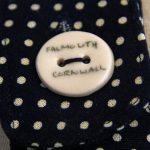
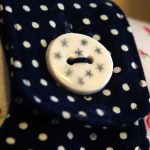
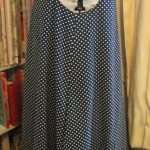
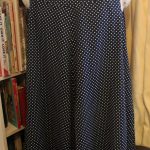
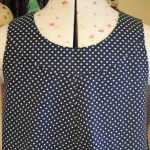

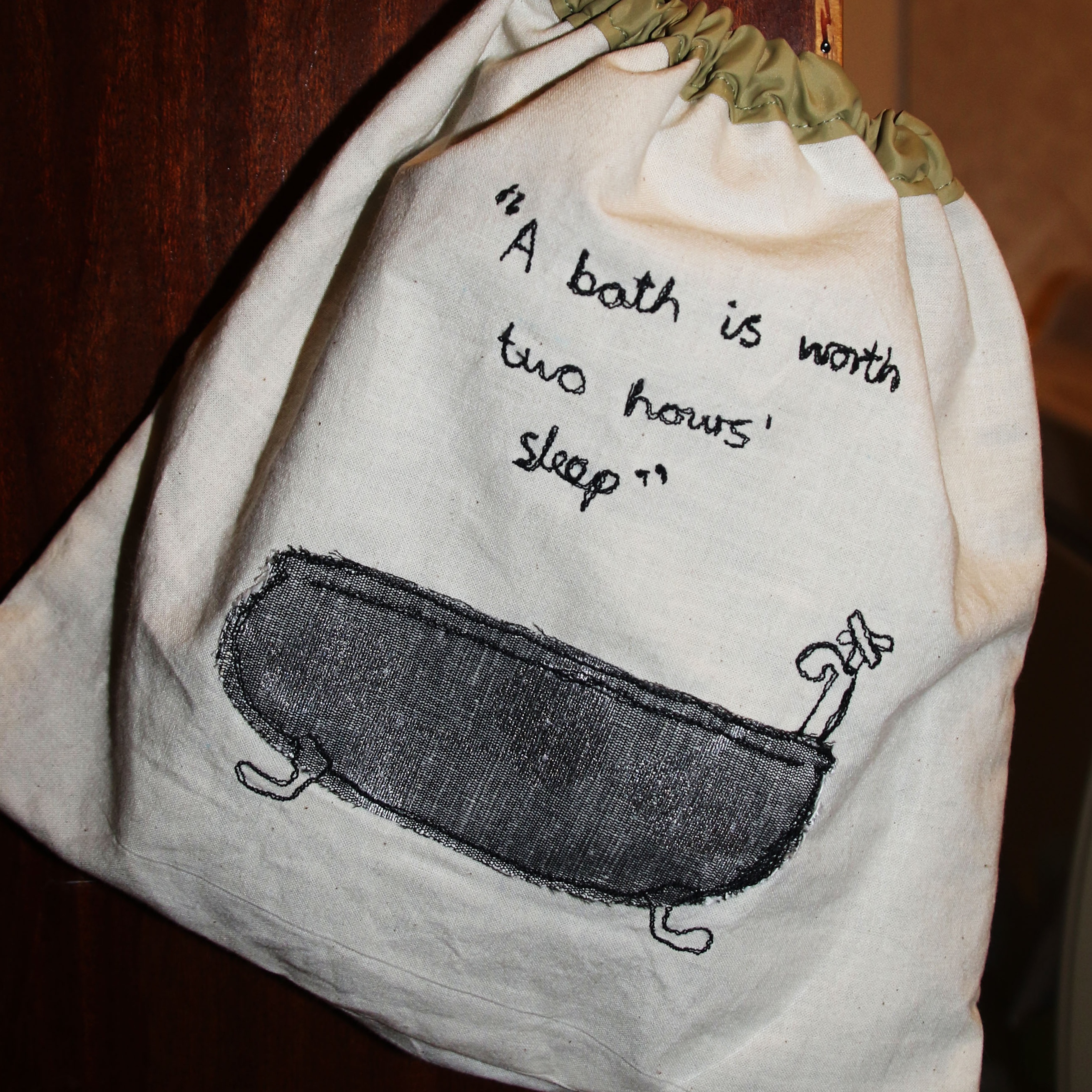
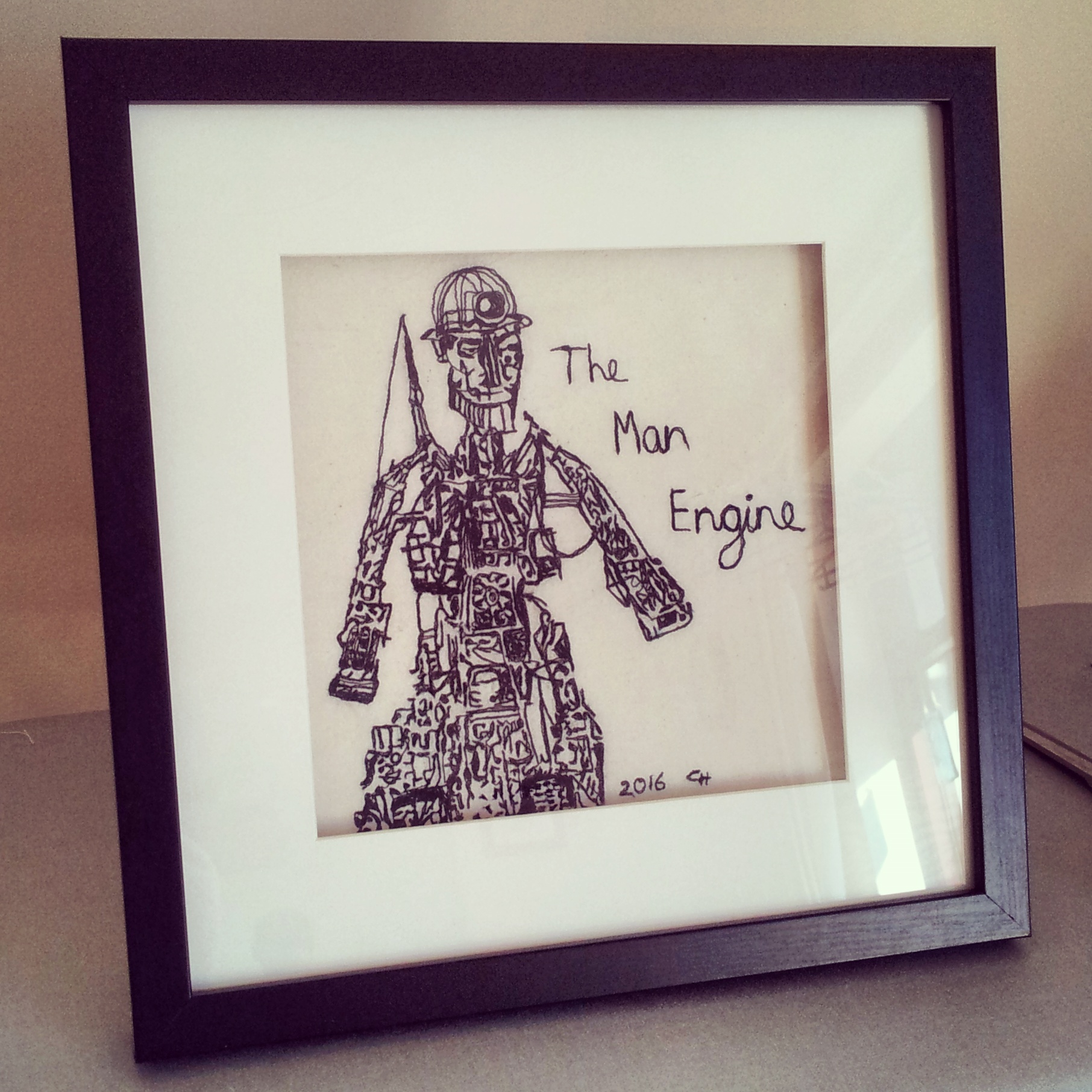
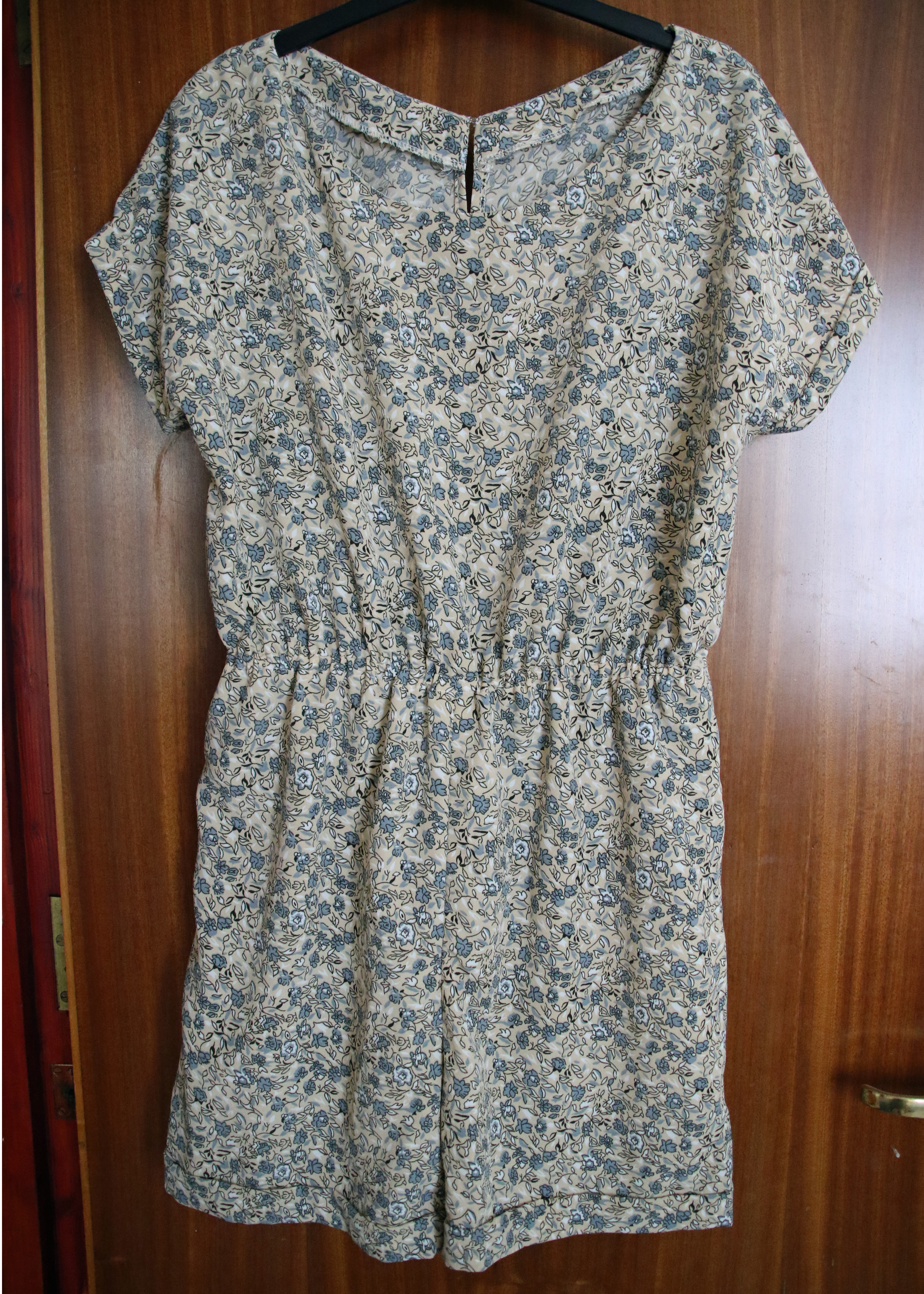




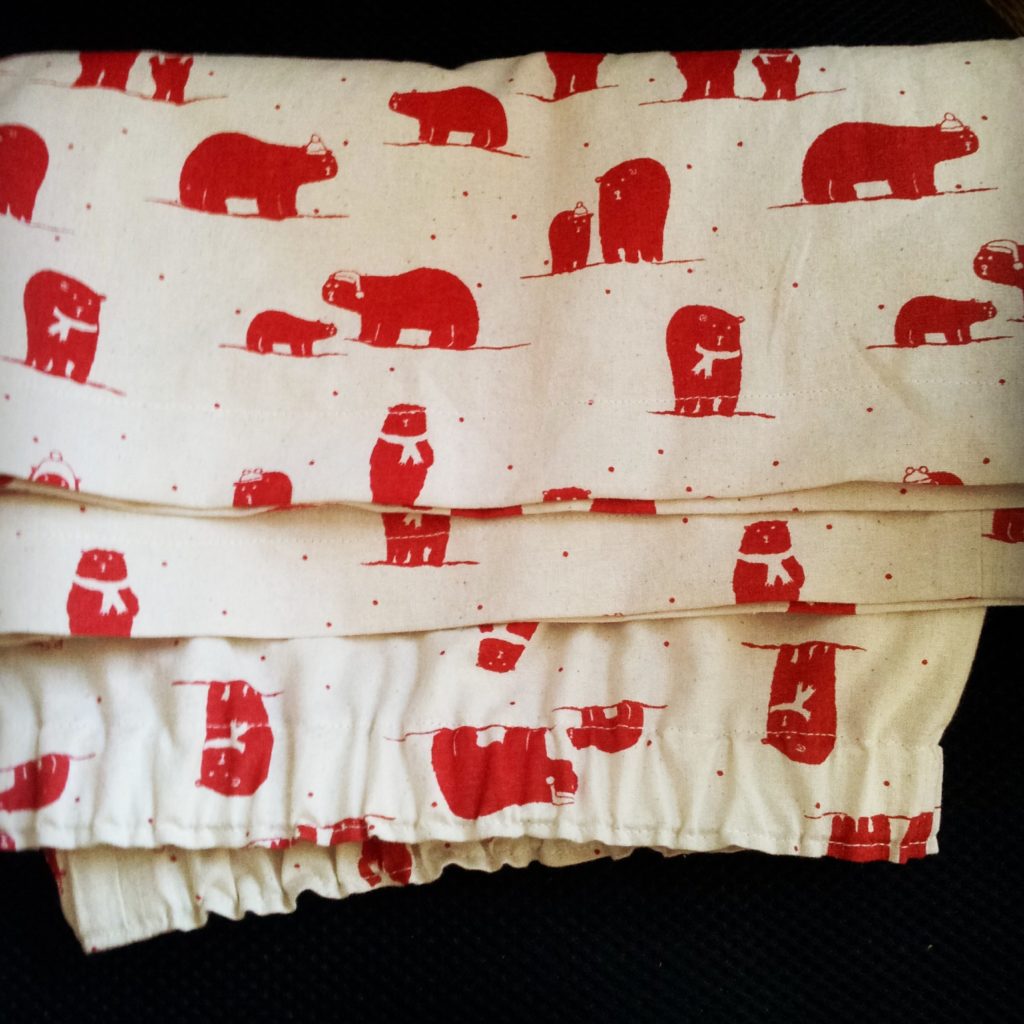


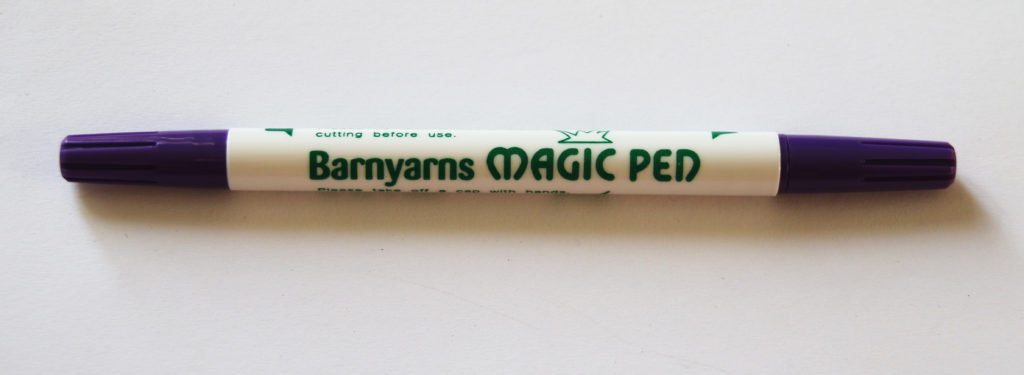
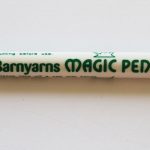
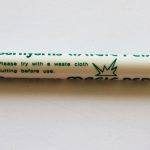

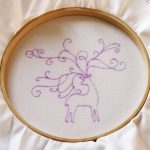
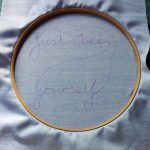
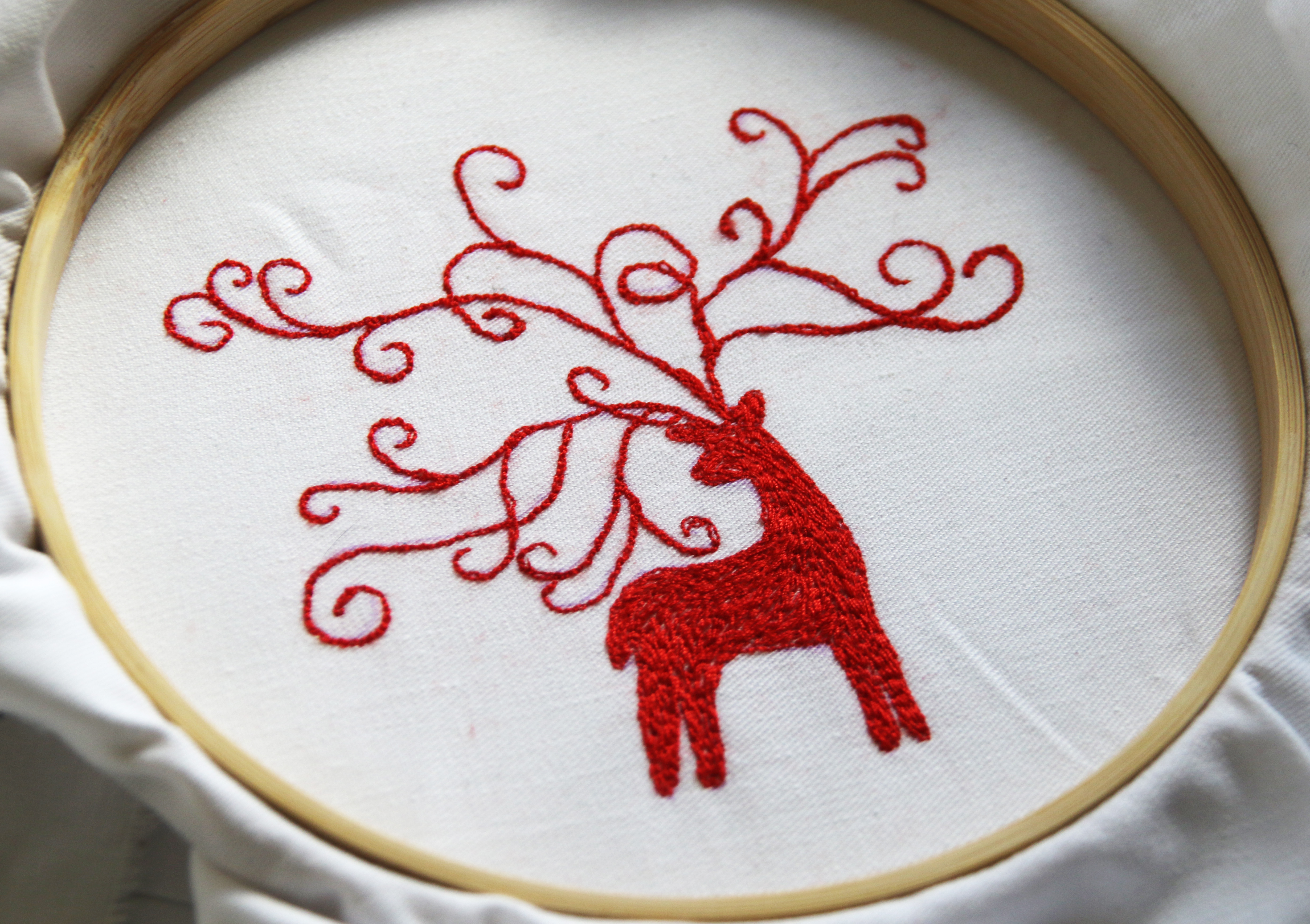
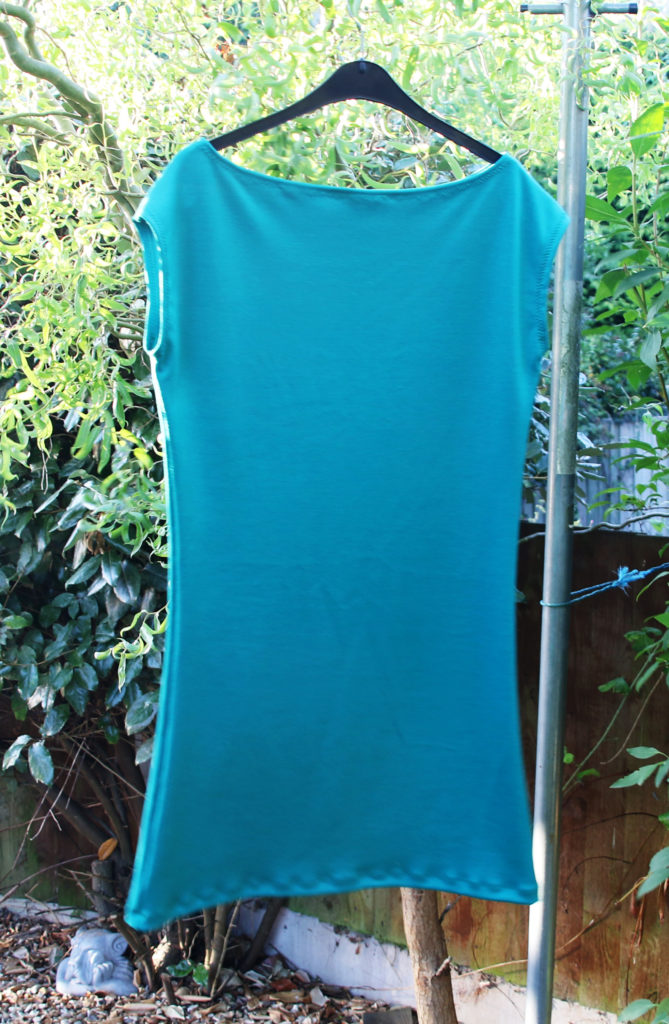

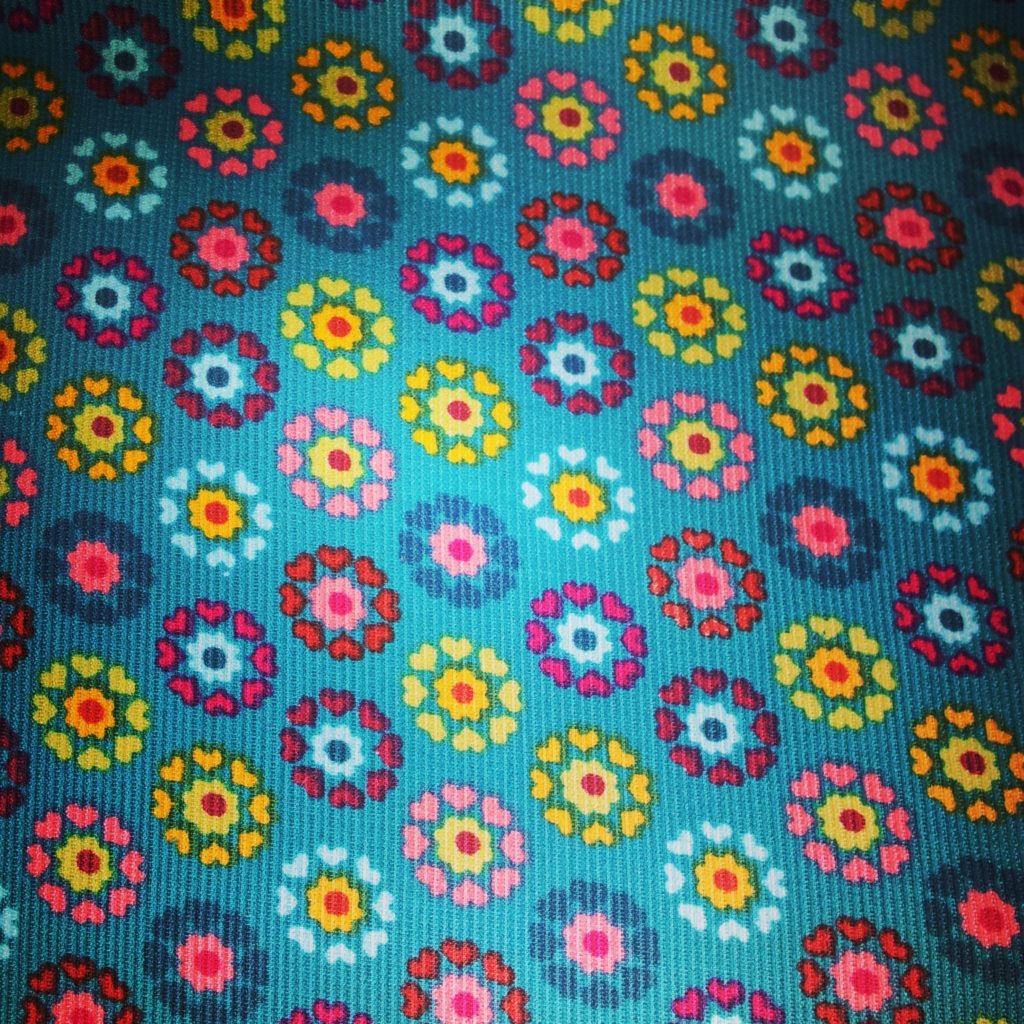




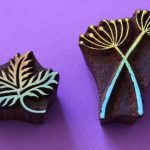
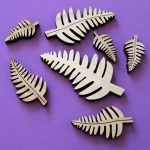
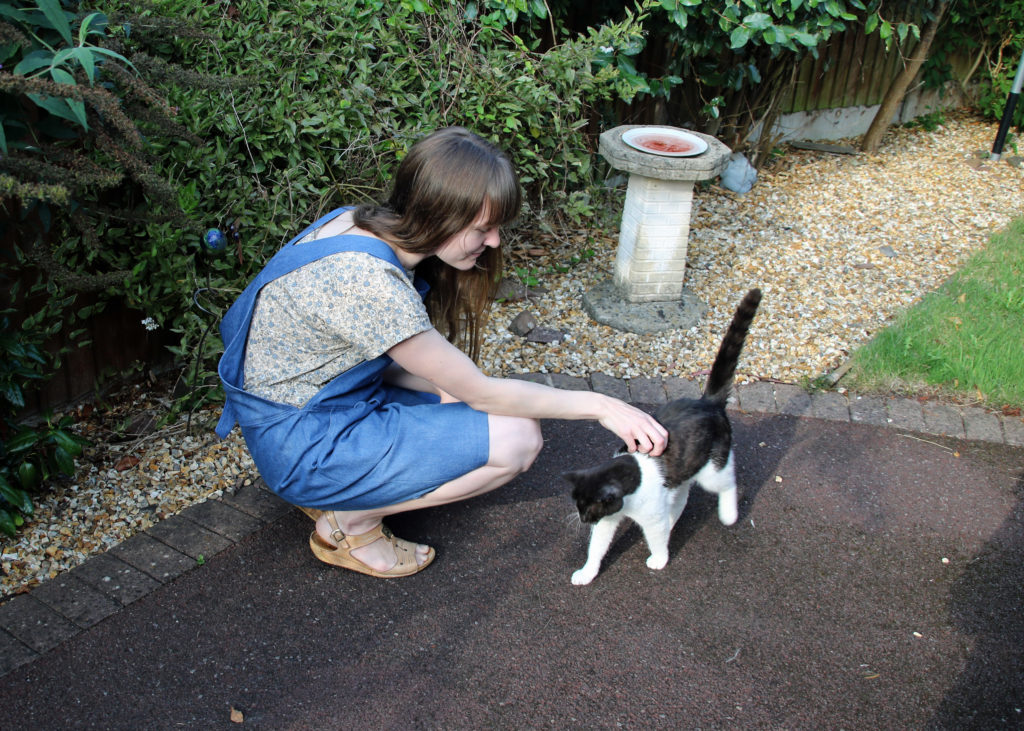

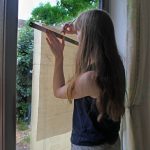
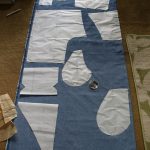
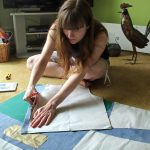
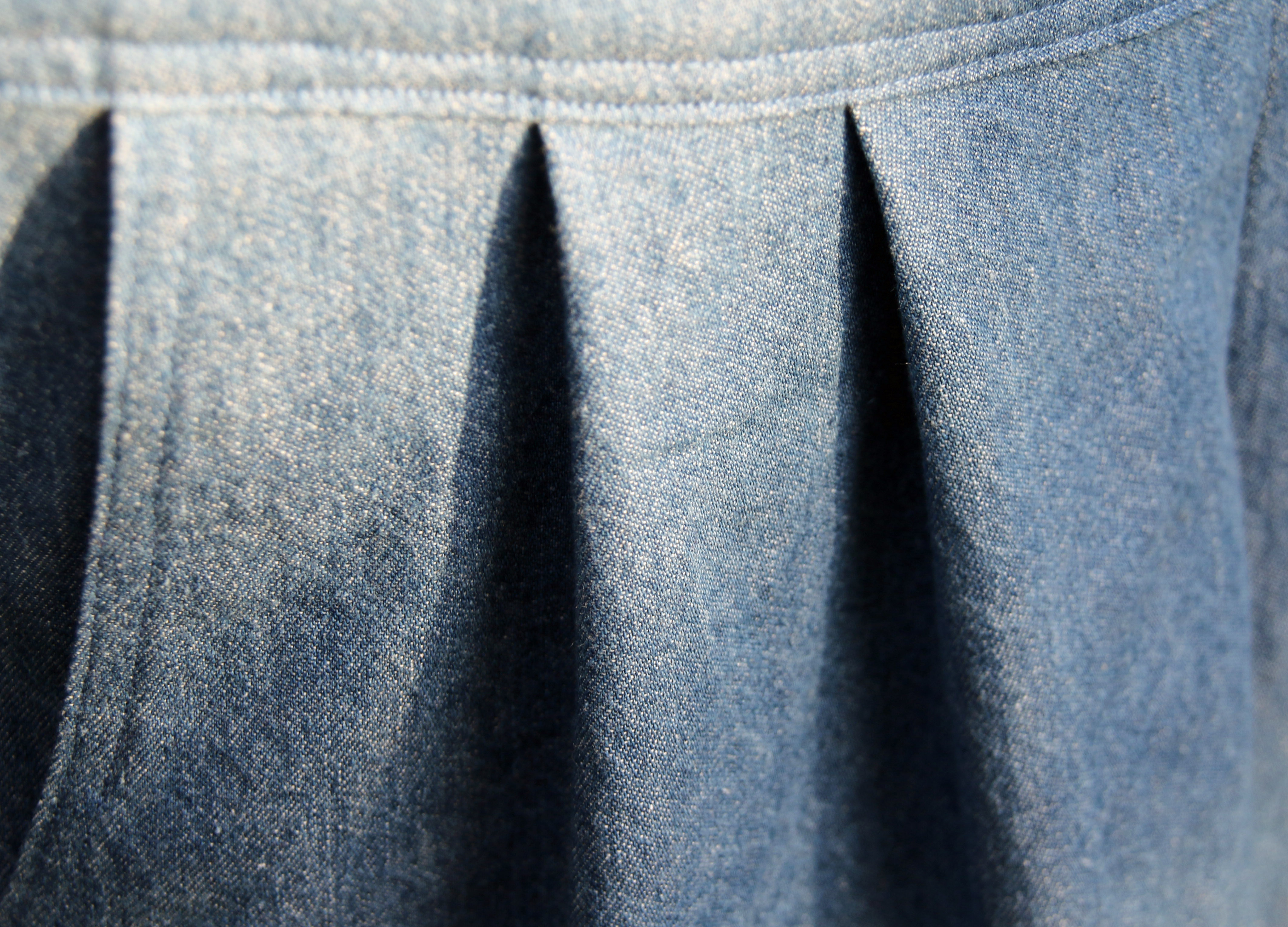
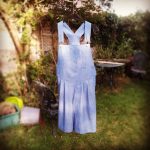
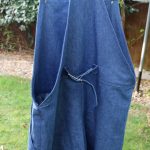
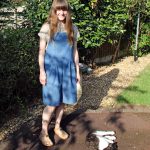

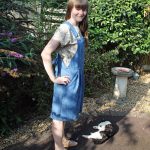
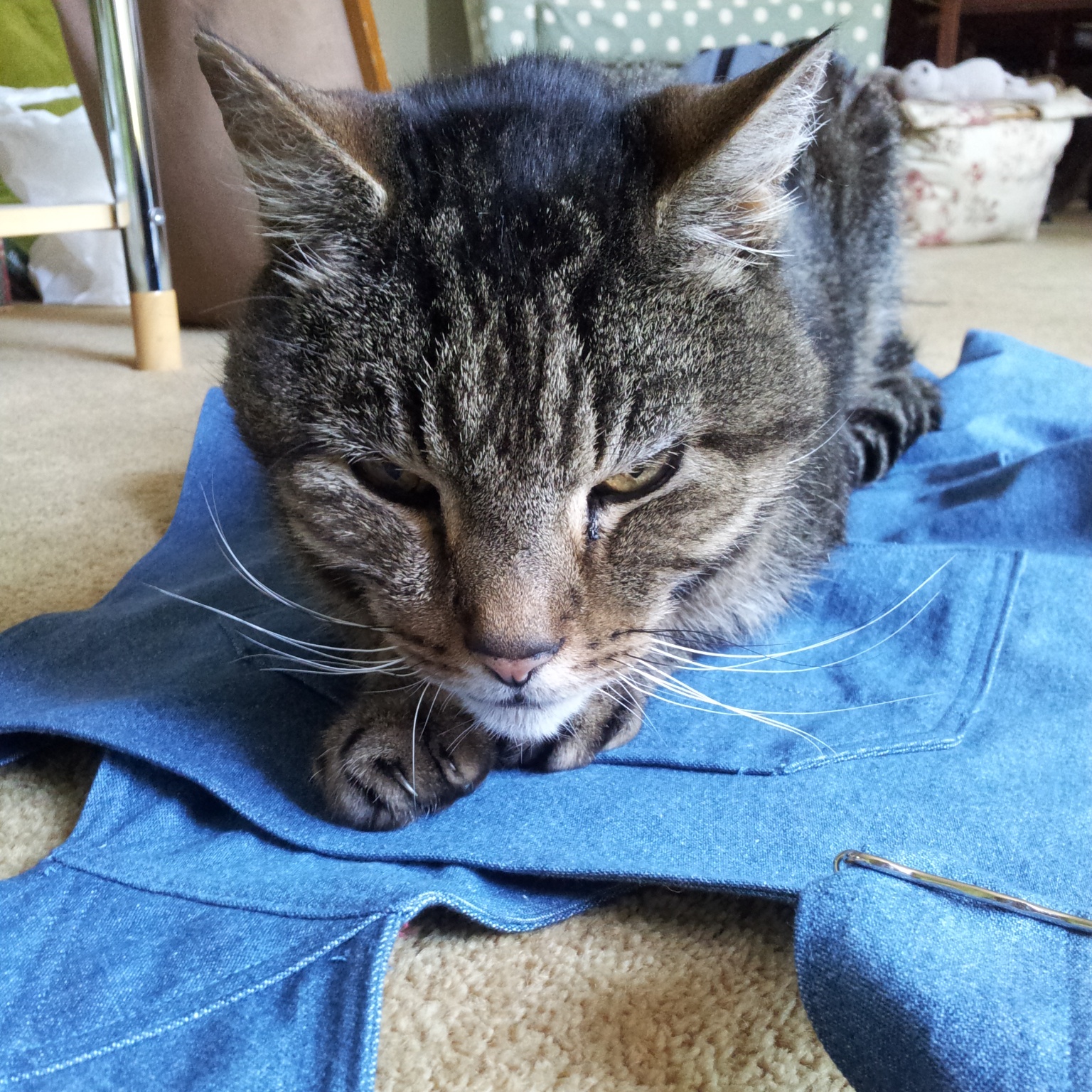 Harry did become jealous of the sewing project during its production, and kept sitting or laying on the instructions. When I moved the instructions out of the way so he couldn’t make any further holes in it with his claws, he decided to settle on the garment instead!
Harry did become jealous of the sewing project during its production, and kept sitting or laying on the instructions. When I moved the instructions out of the way so he couldn’t make any further holes in it with his claws, he decided to settle on the garment instead!